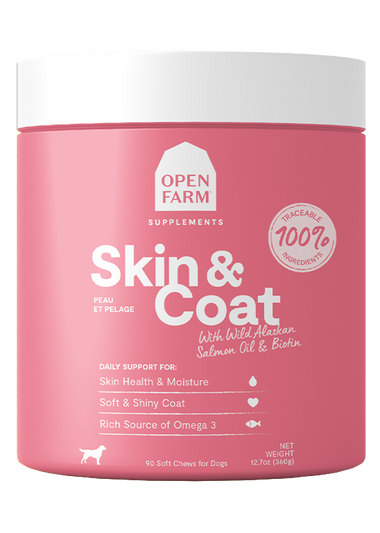Dog dander is a common allergen that can trigger discomfort in people with sensitivities. You’ve come to the right place if you’re wondering how to reduce dog dander, minimize allergens and create a cleaner, healthier home. Read on to learn practical tips for controlling dog dander and reducing allergens in your home.
What Is Dog Dander?
Dog dander consists of tiny, microscopic flakes of skin that dogs shed. These flakes can become airborne and cling to furniture, clothing, and other surfaces in your home. Although dander itself is harmless, it contains proteins that can ignite allergic reactions if you’re sensitive to it.
How to Reduce Dog Dander
Reducing dog dander involves regular grooming, cleaning, and maintaining a healthy environment for your dog. Here’s how you can take dander to task:
- Brush Your Dog Regularly
- Regular brushing helps remove loose fur and dead skin cells before they shed around your home.
- Use a brush designed for your dog’s coat type to maximize effectiveness.
- Brush your dog outdoors to prevent dander from spreading inside.
- Bathe Your Dog
- Avoid over-bathing by scheduling baths which can significantly reduce dander levels. Plan on bathing your dog every 1-2 weeks with a hypoallergenic or dander-reducing shampoo.
- Always use products formulated specifically for dogs.
- Provide a Healthy Diet
- A balanced diet rich in Omega-3 fatty acids and vitamins promotes healthy skin and may help reduce shedding with shedding issues.
- Skin conditions that cause dander are sometimes caused by allergies. Consider switching to grain-free dog food if your dog has a grain allergy.
- Talk to your vet about adding supplements to your dog’s diet which can help promote a healthy skin and coat.
- Keep your dog stay hydrated to prevent dry skin.
- Use a Dander Wipe or Spray
- Specialized pet wipes or sprays can help remove dander and allergens from your dog’s coat between baths.
How to Prevent Dog Dander
Preventing dog dander requires proactive care from pet parents. Here are some ways you can send a wave of dander into retreat.
- Regular Grooming Schedule
- Establish a consistent routine for brushing and bathing to manage dander effectively.
- Invest in grooming tools that are effective at removing loose fur and skin flakes without irritating your dog’s skin.
- Maintain Humidity Levels
- Dry air can worsen your dog’s skin and increase dander production. Use a humidifier to maintain indoor humidity levels between 30-50%.
- Choose the Right Breed
- Some dog breeds like poodles and bichons frises are considered hypoallergenic because they produce less dander.
- Research breeds that are suitable for allergy sufferers if you’re considering getting a new dog.
- Check for Underlying Issues
- Address skin infections, allergies, or other conditions that might contribute to excessive dander production.
- Regular Veterinary Checkups
- Skin conditions, allergies, or parasites can get the ole dander train chugging harder than ever. Take your dog to the vet regularly so its skin and coat stay healthy.
How to Minimize Dog Dander in Your Home
Dander will inevitably spread in your living space even with proper grooming. Here are some steps you can take to reduce its footprint.
- Vacuum Frequently
- Use a vacuum cleaner with a HEPA filter to trap microscopic dander particles.
- Focus on carpets, rugs, upholstery, and other areas where your dog spends time.
- Vacuum at least twice a week for best results.
- Wash Bedding and Fabrics
- Wash your dog’s bedding, blankets, and toys regularly in hot water to remove dander and allergens.
- Launder your own bedding and clothing if your dog spends time on them.
- Use an Air Purifier
- Air purifiers with HEPA filters can capture airborne dander and reduce allergens in your home.
- Place purifiers in high-traffic areas or rooms where your dog spends the most time.
- Limit Your Dog’s Access
- Keep your dog from entering bedrooms or other areas where dander exposure could affect allergy sufferers.
- Create a designated pet zone in your home for easier cleaning and containment.
- Dust and Clean Surfaces
- Use a damp cloth to dust hard surfaces and prevent dander from becoming airborne.
- Clean walls, furniture, and baseboards regularly to keep allergens at bay.
Final Thoughts
Reducing dog dander is a must if you’re trying to create a comfortable environment for you and your pooch. Grooming your dog regularly, keeping your home clean, and being vigilant about anti-dander efforts can work wonders when it comes to minimizing allergens. This means you and your dog can enjoy a more harmonious life.
If you or anyone in your household has severe allergies, consult an allergist or a veterinary specialist for additional solutions.
This article is meant only as an example of what might work well for your pet, please reach out to our Pet Parent Experience Team if you have any questions about your pet’s own unique circumstances! To ensure these products are a good fit for your furry friend, we also recommend consulting your vet about any new diet, or environment changes, especially if there is a medical concern. They should be able to help as you and your vet know your pet’s medical history best!





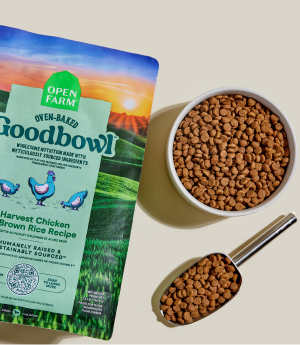

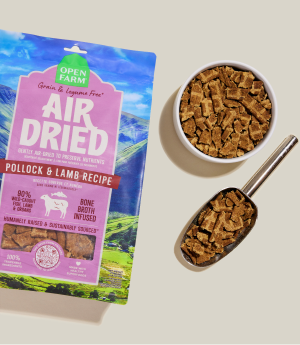



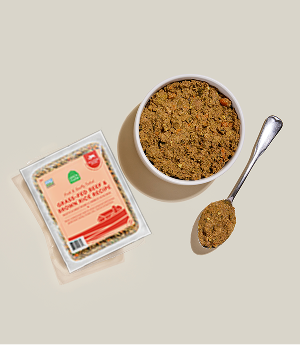

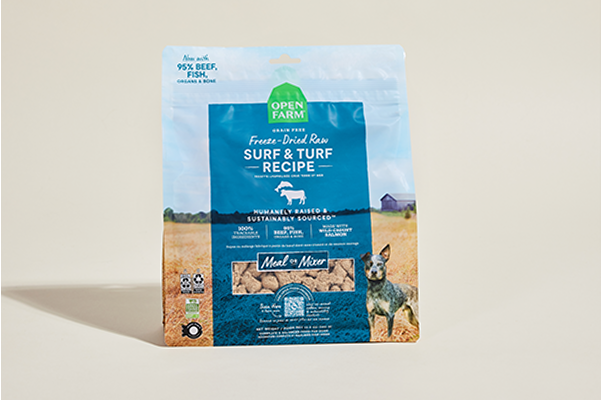

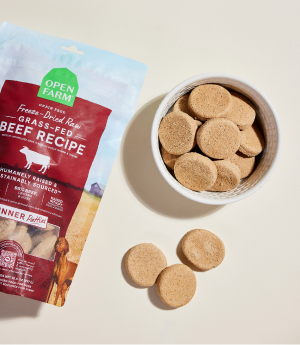



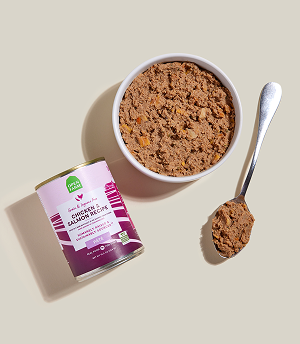
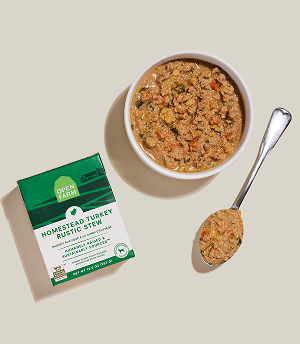
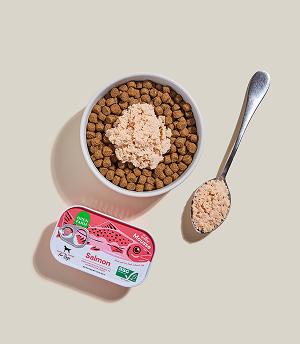
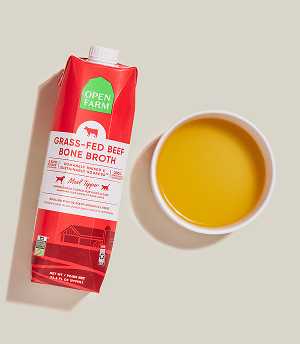

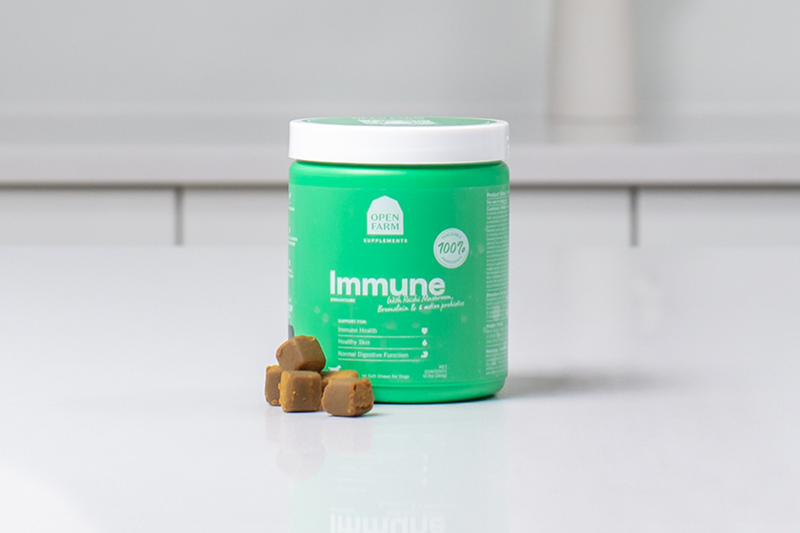
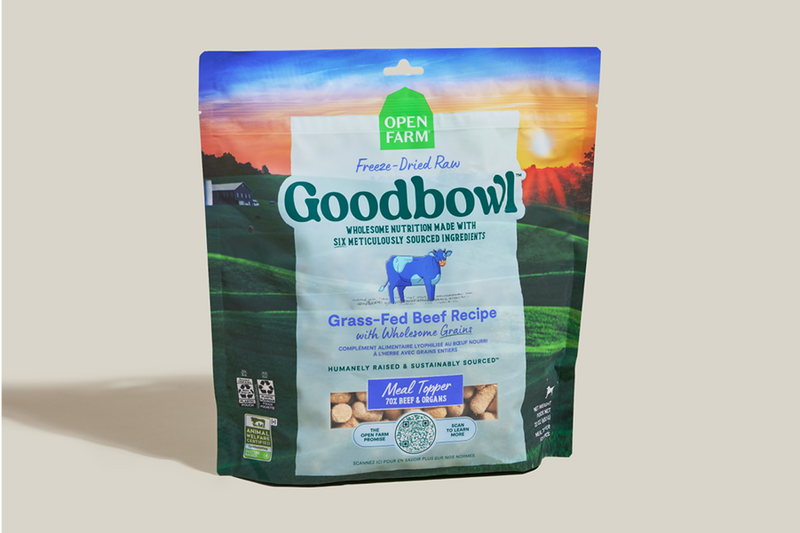
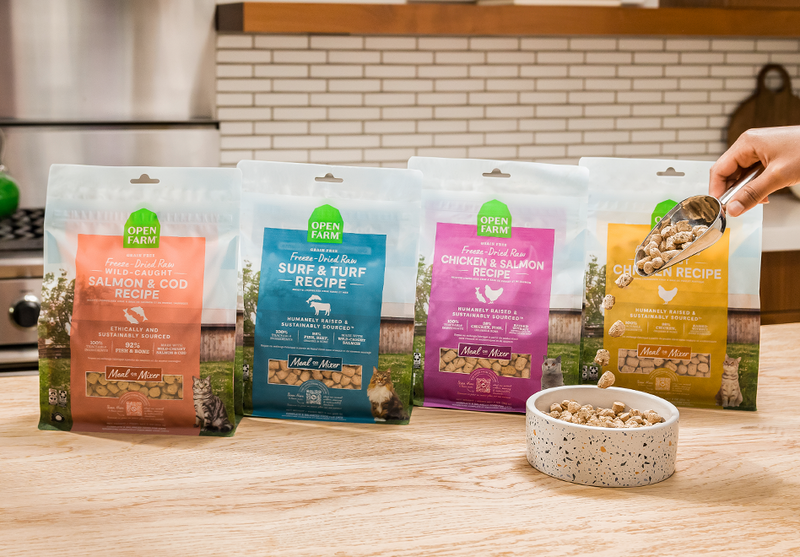


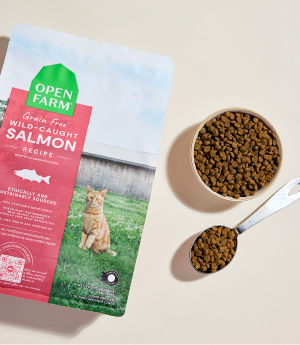
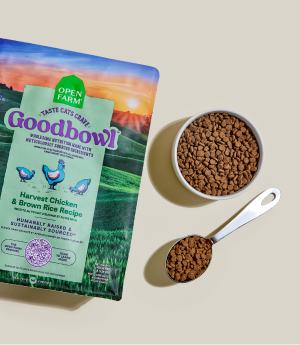
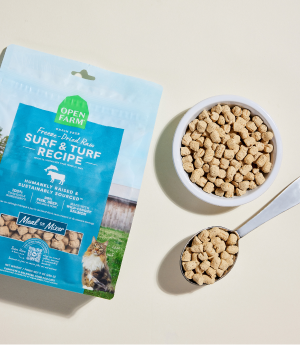

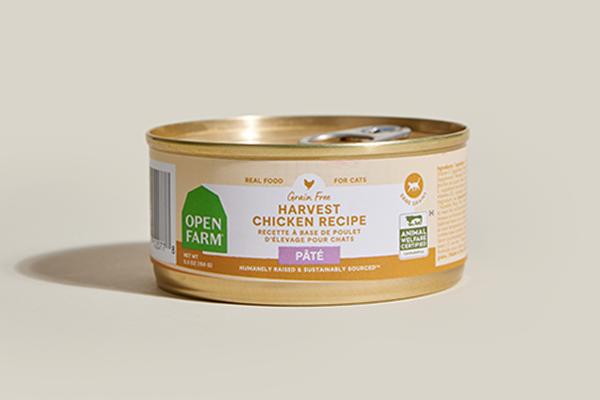
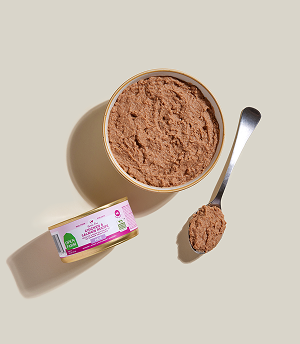
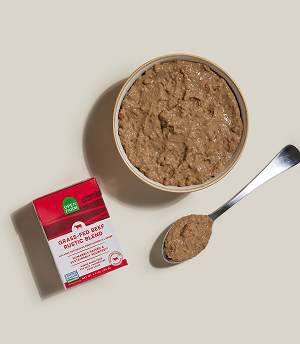
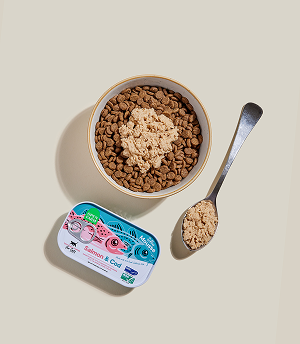

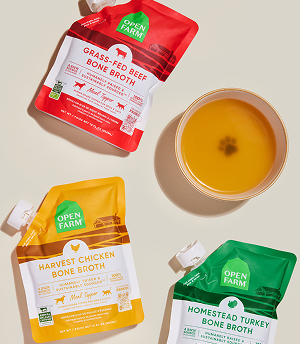
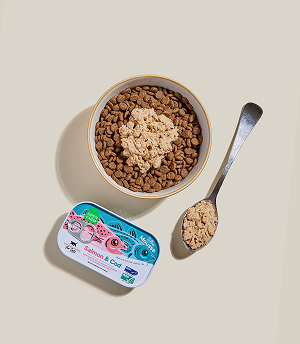

 Sign In
Sign In
 Create Account
Create Account





